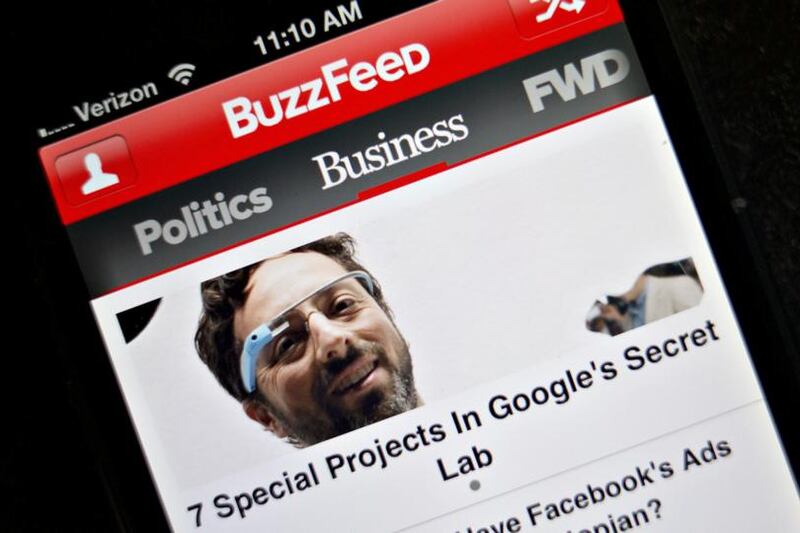After the landslide vote to repeal the Eighth, it would be nice to have a media moratorium on those regular, unhelpful takes that feminists are doing feminism wrong or that feminism has its priorities skewed.
Two exit poll findings leapt off page and screen. Of the factors that had influenced people’s vote, the top answer given to the RTÉ/Behaviour & Attitudes poll was, quite simply, “women’s right to choose”. Then there was The Irish Times/Ipsos MRBI statistic that turnout among 18-24-year-old women almost doubled in this referendum compared to the 2016 general election, rocketing 94 per cent off its low base.
Yes, feminism has been selling itself well for some time now. Attempts to court the female feminist euro, however, have been less than impressive.
The starting conundrum is that women are not a homogenous group, and we don’t appreciate corporate language that implies we are. A special shout-out here to Procter & Gamble’s Always, the leading menstrual brand, for kindly acknowledging this in a recent ad declaring that “there are 3.5 billion women on the planet and no two are the same” – a head-scratcher of an explanation for why it has as many as four different pad shapes on the market. (Count them on one hand.)
Acceptable
In light of #MeToo and #TimesUp and Together For Yes, you can bet your last euro (or 86 cents in gender pay gap money) that advertisers' whiteboards are being filled with new thoughts on how best to mobilise young women – this time, for commercial gain. How do we get them to buy our stuff and tell their friends about it? How do we get them to pay to attend our event and Instagram it to death? How do we at least ensure our brand is acceptable to them?
A certain type of brand has traditionally refused to address the female customer at all, instead funnelling their marketing messages into a vortex of drab machismo that stereotypes men in the process. We can but hope that, as more companies "learn to speak unisex" (as Diageo has put it), they will become less vulnerable to clumsy fumbles.
We are thankfully some way past the peak “pinkification” of adult products – a trend notoriously encapsulated by Bic’s pastel lady-pen range Bic for Her. In categories such as technology and sporting wear, the unsubtle “shrink it and pink it” approach is in retreat, with companies knowing not to make a fuss about pink unless they actually want to be inundated with rolled-eye gifs.
Cringe
The cringe here was not the colour itself – pink is not inherently embarrassing – but the assumption that all women swoon for it. Brands’ lack of imagination was showing and it felt like an insult.
Sometimes I wonder if it’s a mistake to expect advertisers to be nuanced or progressive when they seem so much happier making money from tropes and the status quo.
In the run-up to the London 2012 Olympics, P&G’s “Proud Sponsor of Mums” line made it sound like it was the proud sponsor of societal expectations. The defence is that campaigns like this recognise the domestic labour that women do – not what they should do – and that it would be odd for an advertiser not to talk directly to the group that makes the largest share of household purchasing decisions.
Still, anyone who has seen the 1993 TV clip of an 11-year-old Meghan Markle beautifully taking P&G to task for reinforcing the idea in an ad that only women do the washing up would have to despair at the lack of progress since then and conclude that advertisers' love for gender stereotypes has played a part.
More recently, brands have been consciously incorporating feminist-sounding messages into their marketing, with mixed results. I've never seen a Dove ad I liked, but it's obviously better that Dove-owner Unilever is publicly musing about gender stereotyping in ads than ignoring the issue altogether.
Fine lines
Cosmetics companies walk fine lines. Lots of women enjoy indulging in lengthy and expensive grooming practices – habits that co-exist just fine alongside their feminist identities. Woe betide any brand that reads this wrong and insists these practices are somehow expected of women, an essential part of their womanhood or empowering in the same way that equal rights are empowering.
Hypocrisy is forever in vogue, with a long line of companies caught engaging in practices that don't exactly live up to their messages of love and respect for women. Last year's much-praised Fearless Girl statue, late of Wall Street, was commissioned by the creative agency for financial services firm State Street – an International Women's Day ad sculpted in bronze. Alas, State Street ended 2017 by settling a $5 million equal pay claim with 300 female employees.
Not much time elapsed, meanwhile, between Boots recruiting feminist influencers to sell its No 7 make-up brand and its uncomfortably moralistic explanation that it was charging more than its UK rivals for emergency contraception because it "would not want to be accused of incentivising inappropriate use".
So don’t be Boots. Don’t be State Street. Don’t seek applause for supporting women if you, well, don’t. Don’t fat-shame or slut-shame or pretend to be inclusive if you are not. Don’t begin from a starting point that feminists and your ideal female customer are two distinct groups. And don’t try to harness the energy and confidence of younger women for your own ends unless those ends are sound.













